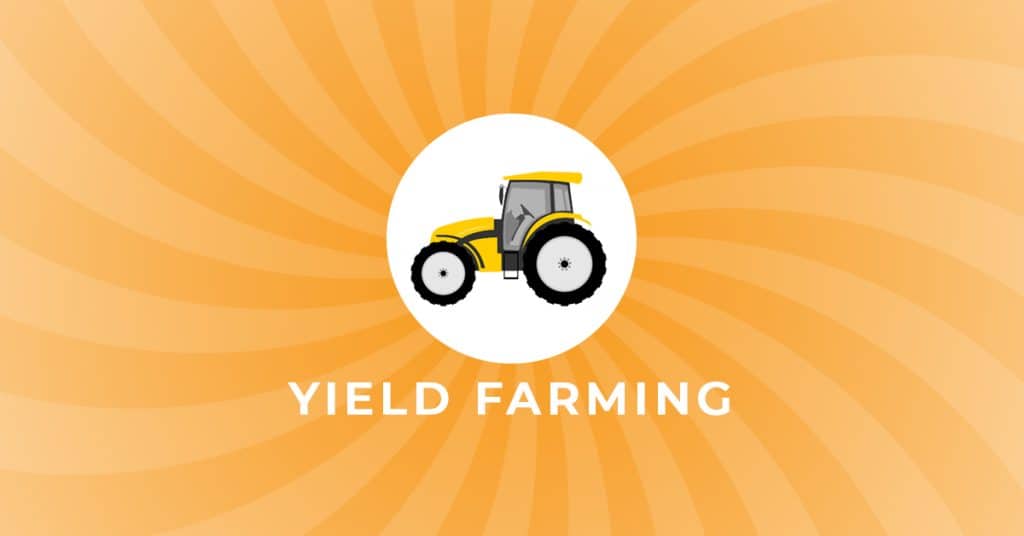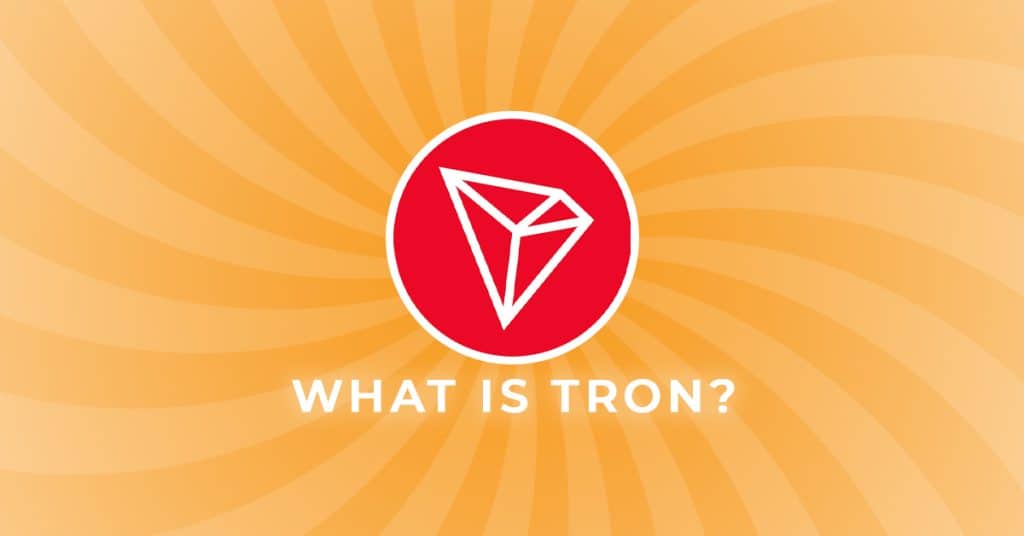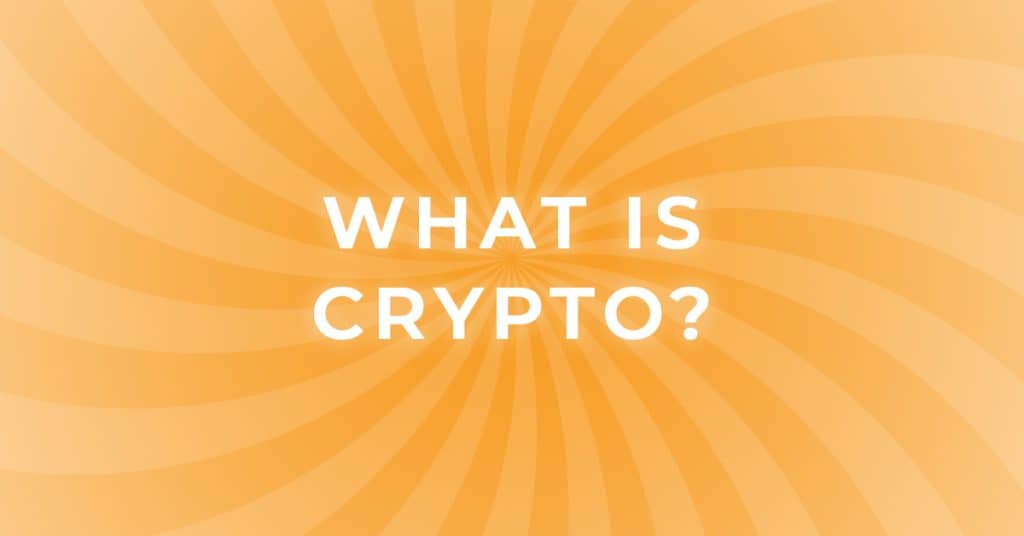What is Yield Farming? | Yield Farming Explained for Beginners

What is Yield Farming?
Yield farming involves the lending or staking of cryptocurrency into decentralized smart, contract-based liquidity pools in order to generate rewards which are usually expressed in APY (Annual Percentage Yield). Rewards typically come in the form of interest from lenders, a percentage of transaction fees or a governance token.
The practice of yield farming became hugely popular during what came to be known as the DeFi summer of 2020. It was a period that witnessed hundreds of new protocols emerge with many offering eye-watering APYs to investors seeking alternatives that would provide them with a higher return compared to what they could achieve in traditional financial markets.
Compound paved the way in 2020 by launching its governance token (COMP) which distributed weekly rewards to lenders and borrowers on their platform. A flood of other protocols soon jumped on the bandwagon with returns and risk profiles varying greatly from platform to platform.
At the time of writing, the TVL (Total Value Locked) in yield farming protocols is $112 billion with the vast majority of activity taking place on the Ethereum network.
Yield Farming vs Staking
Investors often confuse these two terms as being the same thing, when in reality they are very different. Both can generate passive income and be profitable for investors however it’s important to understand what sets them apart.
Yield Farming
Yield Farming (also known as liquidity mining) involves temporarily lending assets to a DeFi platform in order to facilitate trades on specific trading pairs. It can be said that the platform is essentially crowd-sourcing its liquidity. When a yield farmer provides liquidity to a DEX (for example Uniswap) for a specific trading pair, they earn a share of the fees that the platform generates from users who access this liquidity when they swap tokens using that trading pair. Fee revenue is variable and dependent on the amount of fees generated daily and the % of the liquidity pool that the yield farmer owns. The greater the % of the pool a user owns, the greater their share of fee revenue.
Providing liquidity typically involves pairing together 2 tokens, usually in a 50/50 $$$ ratio, to create an LP token which can then be deposited into a specific liquidity pool. Yield farmers are not typically required to lock their LP tokens in a pool for a specific period of time, with many successful yield farmers constantly moving in and out of different pools as returns are variable and opportunities to enter new pools arise. It’s fair to say that yield farming is more complex than staking and involves keeping a close eye on the best available returns across multiple platforms and having an awareness of Impermanent Loss (IL), an issue which has been highlighted in the ‘Defi Risks’ section of this guide. In general, yield farming offers higher APYs than staking.
Staking
Before there was yield farming there was staking. As the name suggests, staking derives its name from the proof-of-stake consensus model, as opposed to the energy rich requirements of the proof-of-work model, made famous by none other than Bitcoin.
Stakers lock up their assets, usually for a pre-determined period of time, and act as nodes to confirm blocks, earning them staking rewards. For many users, setting up a node is a bit too technical, or it may require them to hold a large quantity of tokens to qualify as a node validator. The alternative for investors is to use a staking service. Many platforms offer this service, including both centralized and decentralized exchanges. These entities enable users to simply deposit/stake their assets while the platform handles all of the technical aspects of running nodes.
Unlike yield farming, the main goal of staking is not to provide liquidity to DEXs. Rather, it aims to improve the security of a PoS (proof-of-stake) blockchain network and participate in transaction validation.
What Are Yield Aggregators?
With so many yield farms now available for investors to consider, it’s become extremely difficult and time consuming to manually assess the risk and returns associated with each one. That’s where yield aggregators come in. These aggregators collate yield farms across multiple chains into a single place, simplifying the user experience and saving investors a bunch of time and effort. Yield aggregators can provide users with a unique risk management tool that can be based on their risk tolerance.
Besides shifting funds between various DeFi protocols with the highest yield, an aggregator identifies the best possible returns and the lowest gas fees. When yield farming manually, users are typically required to swap tokens, deposit them into a liquidity pool, claim rewards and then sell them. If using the Ethereum network these processes can be a very expensive exercise. By pooling deposits together, yield aggregators enable users to simply deposit, withdraw and watch their interest accrue. The protocol handles everything else in between.
Put simply, yield aggregators automate the process and generate rewards on behalf of investors. They offer a vastly superior user experience, find the best deals, maximise profits and save $$$ on gas fees. But consider spreading your risk across multiple platforms as not all yield aggregators are created equal as they can differ greatly in both function and design.
Where To Find Yield Aggregators?
CoinGecko provides a detailed list of yield aggregators with Yearn Finance being one of the more popular choices offering a broad range of DeFi options via their ‘Earn’ and Vaults’ products. But there are many others including Convex Finance, Rari Capital, Badger Dao, and Harvest Finance.
Yield aggregators continue to gain in popularity so it is likely that they will play a very important role in the development of the DeFi sector moving forward. By unlocking better yields and offering a simplified user experience, there’s little doubt that they are here to stay.















Responses